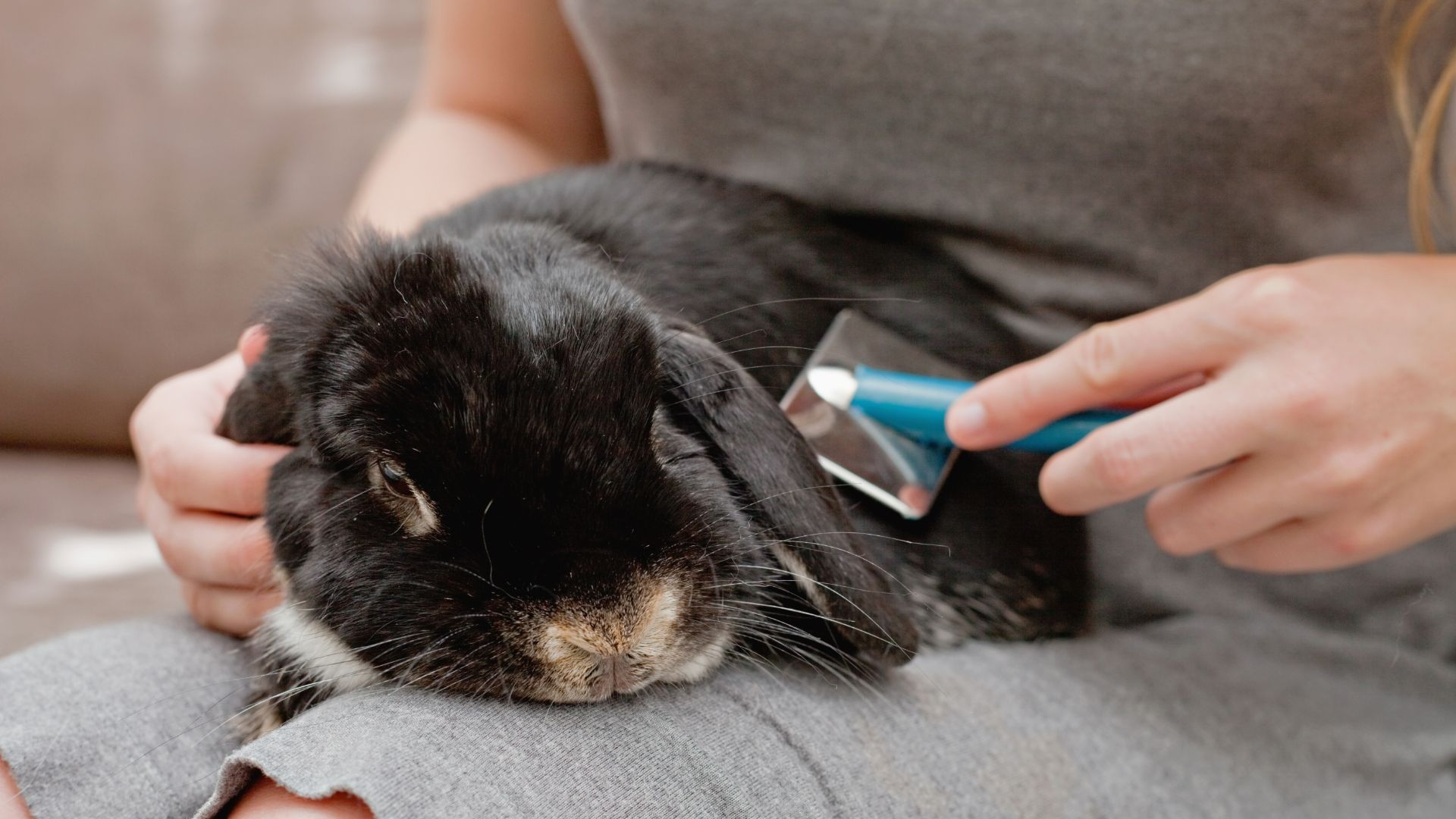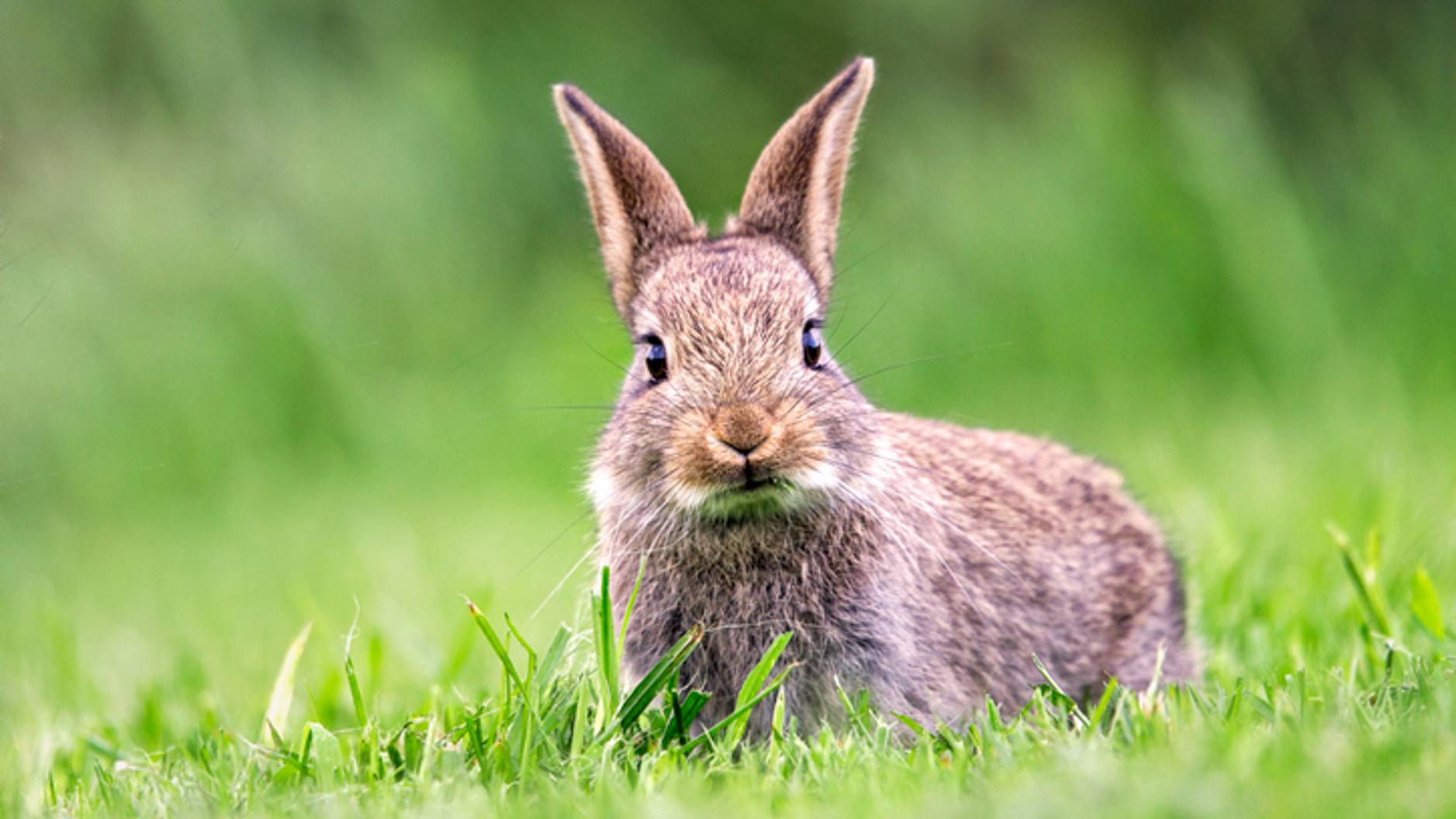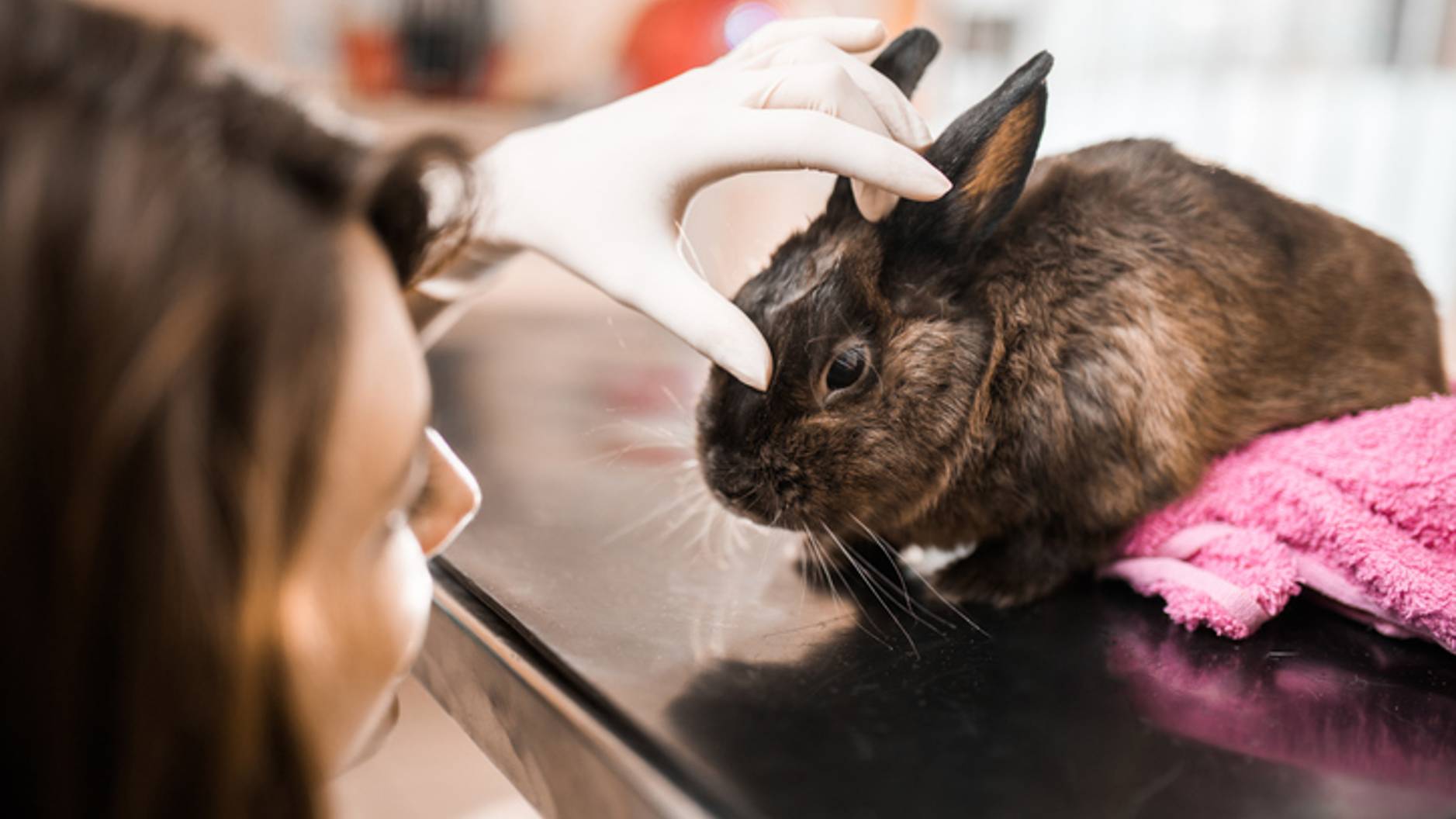
If you are worried about your rabbit shedding so much you aren’t alone. Rabbit shedding excessively can be worrying if you don’t know why it’s happening and what you can do to help.
The good news is that shedding is generally nothing to worry about and a normal part of your rabbit’s cycle. You can help keep hair under control with one of the best rabbit brushes and you’ll want to check out our guide to rabbit grooming to help you keep your bunny looking and feeling their best.
It’s also important to understand your rabbit’s body language and normal cycle patterns. This will help you quickly be able to spot if something more serious is going on. Vet, Dr. Hannah Godfrey also weighs in on rabbit shedding and things to look out for.
Why is my rabbit shedding so much?
Though rabbits naturally molt throughout the year, if your rabbit is shedding excessively, then that might be cause for concern. Bald patches appearing on your bunny’s coat might be a sign of stress, boredom or ill health.
The below causes will detail how you can spot the difference between normal rabbit shedding and abnormal changes to your rabbit's coat.
Seasonal changes
Rabbits naturally molt roughly every three months. Like many other species, rabbits in the wild will fully shed their coats twice a year in spring and autumn. In the spring they’ll shed their winter coat in preparation for the warmer weather and in autumn they’ll grow in a nice, thick cold-weather coat and lose their summer finery. In between these full molts, they can also have lighter periods of shedding. Rabbits don’t typically grow adult coats until they’re around five months old, so youngsters may not start shedding properly until they’re a little older.
For domestic rabbits, who tend to be kept in much warmer and more constant conditions, you may not see those two very defined seasonal sheddings. Instead, your pet might seem to be molting almost constantly!
Most rabbits will start shedding hair at the head, then you’ll gradually start to see the loose hair appearing down the sides of the neck and onto the rump. With some, though, there’s no pattern to it and you’ll just see the hair coming out in clumps. It’s a good idea to get a feel for what’s normal for your pet so that you can spot any problems if they occur.

Stress
Rabbits can become stressed if they’re exposed to too much light, which is a particular problem for indoor rabbits in the winter. Stress factors are often due to a change in circumstances such as the addition of new pets. If your rabbit is losing his fur unevenly, think about whether anything has changed in his environment at around the same time.
Boredom
If the problem isn’t due to stress, then it might be due to boredom. Bunnies are sociable creatures and need stimulation and entertainment, just like most other pets. Try introducing a selection of the best rabbit toys or spending more time with your rabbit – you could try playing some games for rabbits, too.
Ill health
If your rabbit is shedding more than normal and it’s not their typical molt, there could be something else going on. “Possible causes include stress, fungal conditions like ringworm, skin infections, and parasites like mites or fleas…It’s worth keeping an eye to see if your rabbit appears to be itchy, and making an appointment with the vet so that they can do some tests,” says Dr. Godfrey.
If you spot any other symptoms or you’re just not sure what’s causing the hair loss, it’s best to consult your vet. If parasites are to blame, check out our guide to how to get rid of fleas on rabbits.
How long do bunnies molt for?
Dr. Godfrey says, “Molting usually happens twice a year in response to the changing seasons, and it starts at the tip of the nose and moves across the face and neck then down the spine to the tail. Then, the hair is gradually lost from the sides and belly.”
A molt typically lasts from two to six weeks. A normal annual cycle consists of two heavy seasonal molts and two lighter molts which may not even be noticeable. The ‘hairiest’ time of year is the spring molt when your bunny loses his thick winter coat. This can take a few weeks to fall out completely.
How can I stop my rabbit shedding?
The short answer to this is that you can’t! Shedding is a natural process and can’t (and shouldn’t) be stopped. However, there’s plenty you can do to speed the process up and make it more comfortable for both of you.
Just like cats, rabbits are very clean animals and will groom themselves. Unlike cats, they can’t vomit so it can be dangerous for them to ingest too much of their own hair as it can causes intestinal blockages.
Grooming your rabbit regularly will help to control the shedding meaning there is less hair to ingest. For longer haired rabbit breeds you may also wish to contact your vet or a local groomer to trim the fur shorter. Rabbits have very sensitive skin so be sure to ask an expert to show you how to do this.
Regular grooming is a great way to bond with your pet and helps you control where and when the hair is shed.
Why do rabbits pluck their fur?

It’s normal for rabbits to self-groom, but sometimes they can take it a little too far. We’ve already covered some of the common reasons for abnormal bald patches above, but you may have seen your rabbit pulling fur out from their companion’s coat or their own.
If they’re pulling fur from their companion’s coat, this is normally a sign of dominance. All you can really do is separate the two rabbits at least temporarily, as the weaker will quickly become scared and stressed. After a cooling off period you can try reintroducing them under supervision, as they may now have accepted their respective positions in the pecking order. If they immediately start to pick fights again, they’ll have to remain permanently separated.
If your female rabbit is plucking out fur from her own coat, she could be exhibiting nesting behavior – even if she’s been neutered or lives alone! These ‘phantom pregnancies’ can fool rabbits into thinking they’re pregnant. Nesting is usually the last stage of the process, so shortly after exhibiting this behavior your rabbit should start to behave normally again.
How to groom a shedding bunny
Rabbits normally love to be groomed and it’s a great way to spend some time with your pet. You should be aiming to groom at least once a week for short haired breeds and every day for long haired breeds.
When your rabbit is shedding heavily, you’ll be able to pull out a lot of the hair with your fingers before brushing. Rabbits have delicate skins so use a brush that’s specially designed and use gentle, even strokes from the head to the tail.
Rabbits are naturally clean and shouldn’t need to be bathed, but longer haired breeds can sometimes get matted around the rear end with fecal matter. If you do need to bathe your pet, only wash the affected area and never immerse them in water. Use lukewarm water and a shampoo formulated for rabbits before drying with a towel or a hairdryer on a low setting. Rabbits tend not to enjoy this process very much and may wriggle a lot, so you might like to enlist a volunteer to help!
Rabbit shedding is a completely normal part of keeping this type of pet and is only cause for concern if it happens abnormally. Grooming your bunny regularly is not only important for creating a bond between you, it also helps to control the quantity of hair shed and means you can keep the mess down a bit! Most rabbits enjoy it, so start with short sessions and build up until it becomes a favorite part of your healthcare routine.
Looking for more great bunny content? Check out our guide to breeds of rabbits and 32 tips for taking care of rabbits, plus here are our favorite interesting rabbit facts.







